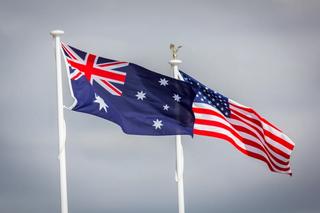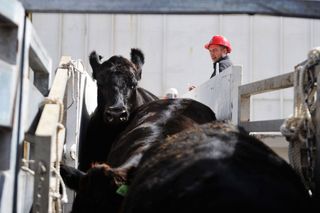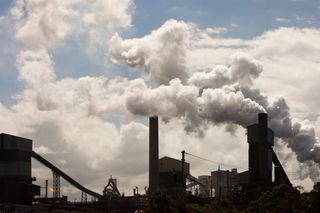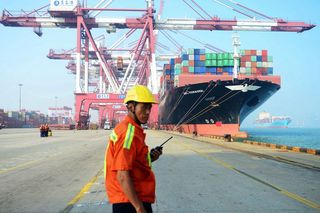As President Trump embarked on his mission to declare “economic independence” for the United States through his Liberation Day tariffs, even trading partners with whom the United States enjoys a trade surplus were targeted. The Netherlands and Belgium, as European Union member countries, were subject to a 20% tariff. Australia and the United Arab Emirates both received the minimum tariff level of 10%.
The US Trade Representative formula for calculating the so-called “reciprocal tariffs” was based on dividing the trade balance the United States has with a country by the total goods imports and then dividing by two. But this number was based on trade balances rather than actual tariffs and countries who import more from the United States than they export to it were still hit with the base rate for tariffs.
While the 90-day pause on tariffs is in effect, countries around the world are working with the White House to try and hammer out a deal. In the case of Australia, their trade deficit with the United States, AUKUS investments and pledges to increase defence spending make a strong case to be a favoured partner.
Expect to hear more about Australia’s critical minerals in the coming weeks as diplomats work to sweeten a deal with the United States. Australia currently has 26 minerals identified on the US 2022 Final List of Critical Minerals and Australian Government officials have indicated that they are working on a plan for strategic use of these minerals in response to the off-and-on-again tariffs.












